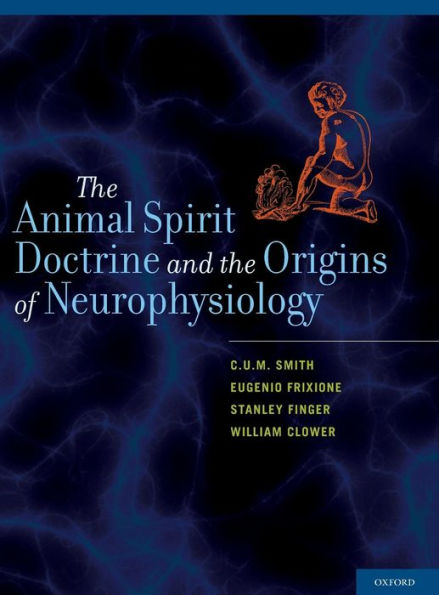5
1
9780199766499


The Animal Spirit Doctrine and the Origins of Neurophysiology available in Hardcover

The Animal Spirit Doctrine and the Origins of Neurophysiology
- ISBN-10:
- 0199766495
- ISBN-13:
- 9780199766499
- Pub. Date:
- 07/11/2012
- Publisher:
- Oxford University Press
- ISBN-10:
- 0199766495
- ISBN-13:
- 9780199766499
- Pub. Date:
- 07/11/2012
- Publisher:
- Oxford University Press
220.0
In Stock

Product Details
| ISBN-13: | 9780199766499 |
|---|---|
| Publisher: | Oxford University Press |
| Publication date: | 07/11/2012 |
| Edition description: | New Edition |
| Pages: | 304 |
| Product dimensions: | 8.50(w) x 11.10(h) x 1.10(d) |
About the Author
From the B&N Reads Blog
